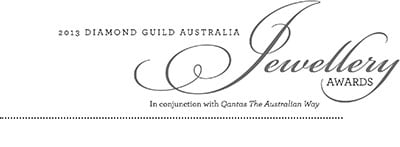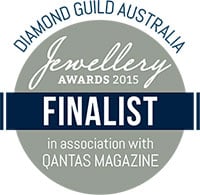Due to so many imitation pearls flooding the market, there is often confusion on how to source or purchase a high quality pearl. It’s essential to understand the various elements that make up beautiful pearls, from their size and lustre to their rarity and maintenance.
How do you buy a high quality pearl?
One of the first things to consider when choosing the perfect pearl is its surface, size, shape and lustre. The fewer blemishes a pearl has, the more expensive and higher in value it will be.
Pearls can take extensive amounts of time to grow to a large size, with the Australian South Sea Pearl taking over 2-3 years to grow. Not surprisingly, we do tend to find that bigger pearls are of higher value due to their rarity.
The shape of a pearl is another element that determines its quality, the more symmetrical the pearl, the more valuable it will usually be. However, keep in mind that two pearls of different sizes may be valued the same if the smaller pearl is more in proportion.
When referring to the ‘lustre’ of a pearl, we are evaluating its ability to divert light. By simply observing a pearl from different angles it will allow you to see how bright the rainbow reflections shine. The higher the pearls lustre, the higher the value. Be sure to tilt your pearl in to the light to witness the incredible reflections.
Are pearls a popular choice for 2017?
Pearls are increasing in popularity as people are choosing to wear them in a more modern and non-traditional jewellery settings. They’re often considered a classic piece, however, I’m currently working with pearls in a more unusual way like these stud drop earrings.
Are pearls durable?
In contrast to diamonds, pearls are not as durable due to their organic material. If used in an engagement ring, a pearl would require consistent care in order to preserve its natural lustre and colour. A pearl is generally not recommended in an engagement ring setting as it’s more likely to scratch and may tend to get caught on objects during daily tasks. We tend to find that pearls work best as modernised heirloom pieces or delicate bridal jewellery.
Should you consider the rarity?
Their large size, limited culturing area and extended growth period make South Sea Pearls the rarest of them all. These incredible pearls make up a relatively scarce percentage of the world’s pearls as they are found and not farmed.
Tahitian Pearls are considered to be the second most valuable commercially farmed pearls in the world. Naturally developing their dark colour, they are famous for their grey and black hues, however the real stand out feature of these pearls comes from their incredible array of iridescent colours.
Today, natural pearls are becoming incredibly rare, with an estimated 1 in 10,000 wild oysters growing a pearl and only a slight percentage deliver the desired surface, size, shape and lustre.
Are they difficult to work with and maintain?
Any expert gemologist should be trained and equipped to work with delicate materials. It’s important to keep in mind that pearls are organic, so it’s essential to maintain proper cleaning and care to keep them beautiful and lustrous. The best way to maintain your pearls is to wipe them gently using a clean, soft cloth dampened with warm water. Never use jewellery cleaning products, soap or brushes as this may tamper with their lustre.
To find out more about pearls or to view our range in store, simply call us or visit us at our Woollahra boutique.










